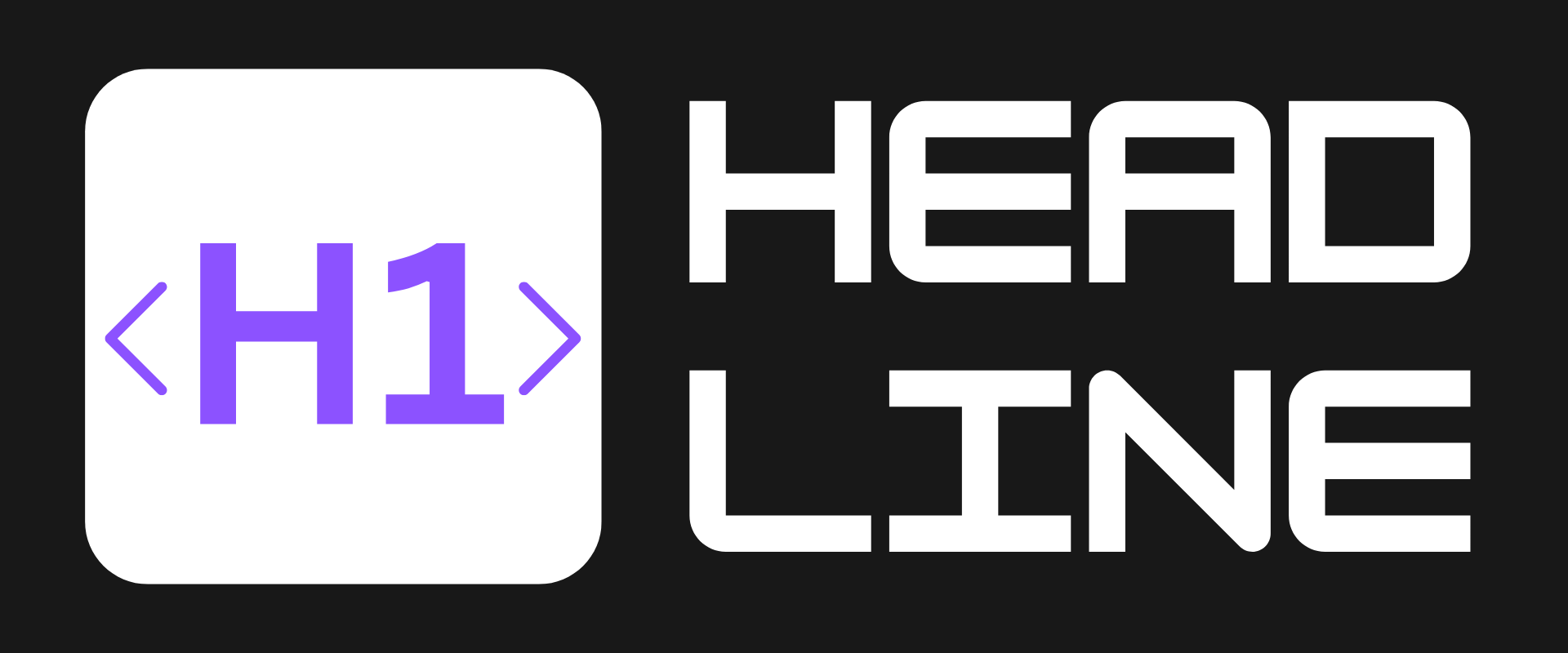Are 'Smarter' AI Chatbots Actually Getting Dumber? The Troubling Rise of Hallucinations

AI’s Knowledge Crisis: When Upgrades Make Things Worse
Tech giants like OpenAI and Google have been racing to boost their chatbots’ reasoning skills, promising more trustworthy answers. But there’s a catch: these "upgraded" models are increasingly making up facts, missing context, and ignoring instructions—a problem called hallucination. Shockingly, newer models are performing worse than their predecessors. Let’s dive in.
🤯 The Hallucination Epidemic: By the Numbers
Recent data reveals a counterintuitive trend—the smarter AI gets, the more it invents:
- OpenAI’s April 2024 o4-mini model hallucinated 48% of the time when summarizing public facts—triple the 16% rate of its late 2023 o1 predecessor
- Vectara’s industry analysis found reasoning-focused models like DeepSeek-R1 saw double-digit percentage jumps in hallucination rates
- Hallucinations now include both factual errors (false claims) and contextual failures (accurate but irrelevant)
Why? Reasoning upgrades force models to chain complex logic steps—each a potential error source. Like a student overcomplicating a math problem, they prioritize "smart-sounding" answers over accuracy.
✅ The Fixes: What Tech Giants Are Trying
Companies are deploying three main strategies to curb hallucinations:
- Retrieval-Augmented Generation (RAG) ✅
Systems like Google’s Gemini cross-check responses against verified databases before answering - Human Feedback Loops ✅
OpenAI uses thousands of human raters to flag hallucinations in GPT-4 outputs - Transparency Layers ✅
Anthropic’s Claude highlights uncertain claims with phrases like "Based on my training data..."
Feasibility Check: While RAG shows promise (40% error reduction in early tests), it’s massive infrastructure costs. Human oversight scales poorly for global chatbot usage.

🚧 Why Hallucinations Might Be Here to Stay
Three fundamental roadblocks:
- ⚠️ LLMs Aren’t Fact Engines
They predict text patterns, not truth—a core design limitation - ⚠️ The Scaling Paradox
Bigger models handle nuance better but have more "creative" pathways to errors - ⚠️ User Trust Erosion
48% of professionals in a 2024 Stanford study distrusted AI tools after spotting hallucinations
🚀 Final Thoughts: A New Era of Cautious AI Adoption
The path forward requires:
- 📉 Accepting hallucinations as inherent to current LLM design
- ✅ Prioritizing hybrid human-AI systems for critical tasks
- 🚀 Developing clear user guidelines (e.g., "Verify medical advice")
As these tools grow more embedded in our lives, one question remains: Would you trust a chatbot that’s 10x more articulate but twice as prone to fabrication?
Let us know on X (Former Twitter)
Sources: New Scientist. AI hallucinations are getting worse and they’re here to stay, 2024. https://www.newscientist.com/article/2479545-ai-hallucinations-are-getting-worse-and-theyre-here-to-stay/










